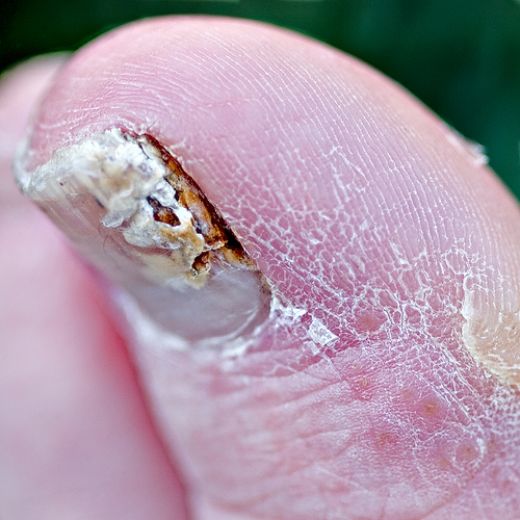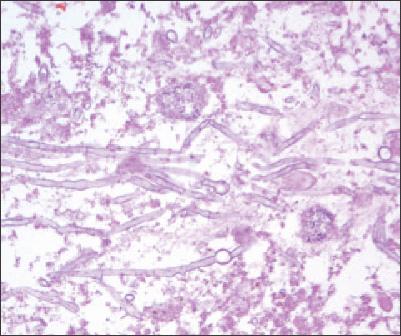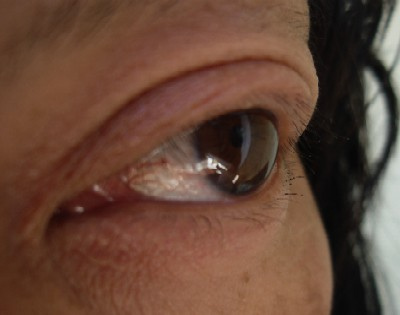Fusariosis is a fungal infection that I enounter in both my The Woodlands dermatology and Conroe dermatology offices. Fusariosis is most commonly seen in neutropenic patients, those with very low white blood cell counts unable to fight infections, and patients with a hematologic malignancy. Fusariosis may begin in the skin and disseminate to the rest of the body, or it can infect the internal organs and ultimately disseminate to the skin. Fusariosis is most commonly acquired from contaminated plumbing so patients become infected in the shower or through the skin faucet. Immunocompetent patients usually present with oncyomycosis (nail fungus) or keratitis in contact lens wearers. In disseminated disease, the skin lesions usually appear as tender erythematous (red) nodules. Diagnosis is through skin biopsy revealing acutely branching fungal hyphae in the dermis, which are indistinguishable from Aspergillosis. Treatment is with Amphotericin B or the newer -Azoles such as Voriconazole or Posiconazole. The older -Azoles such as Itraconazole, Fluconazole, and Ketoconazole are usually ineffective.







